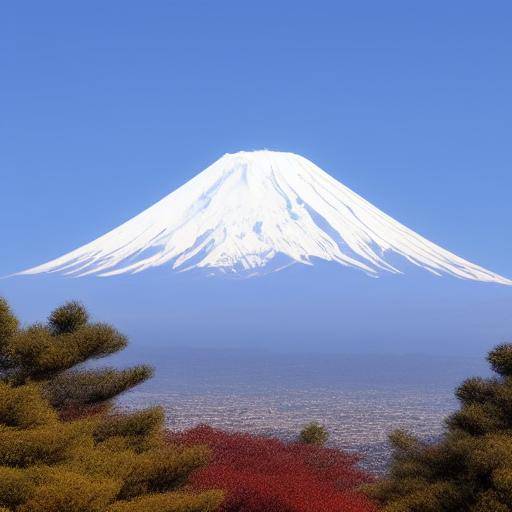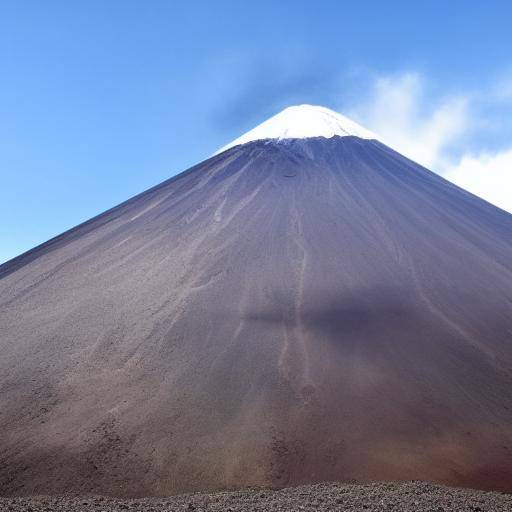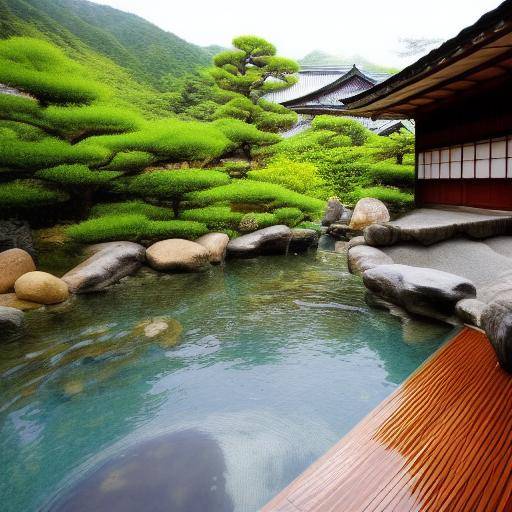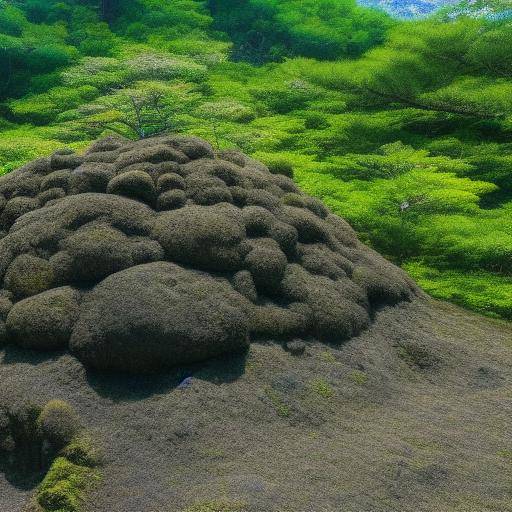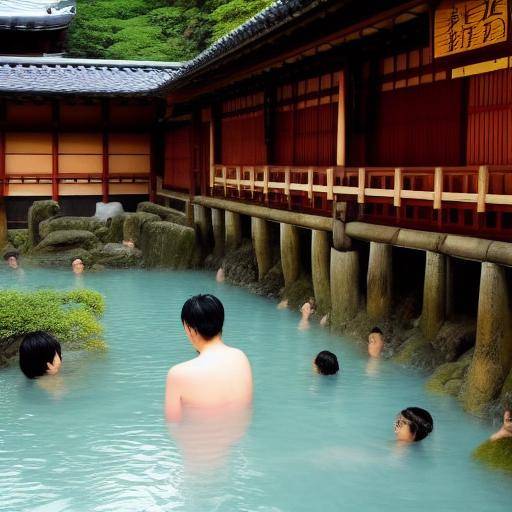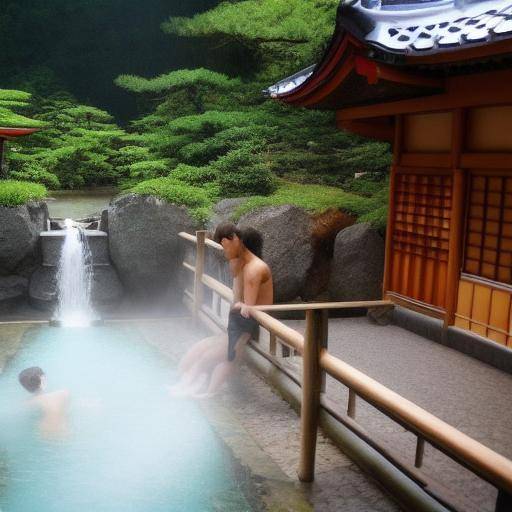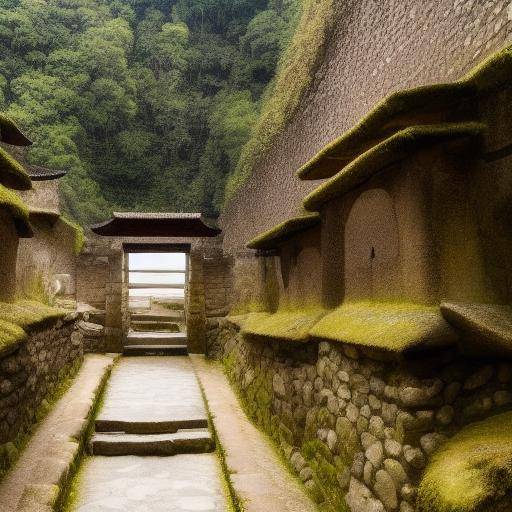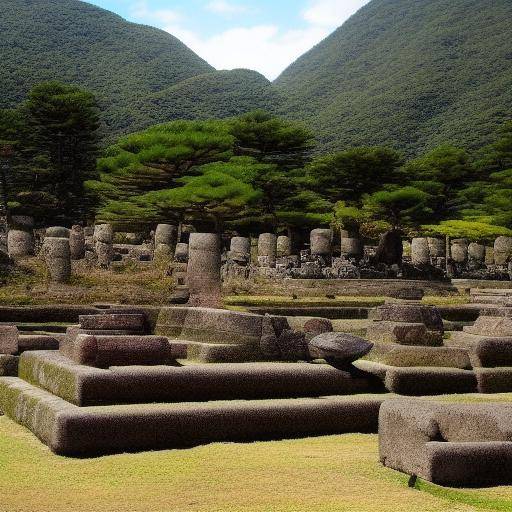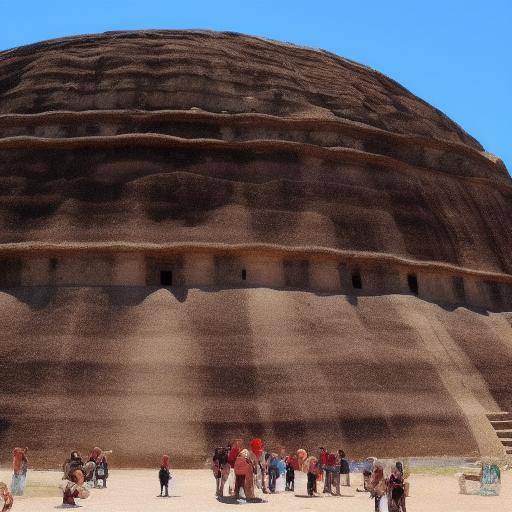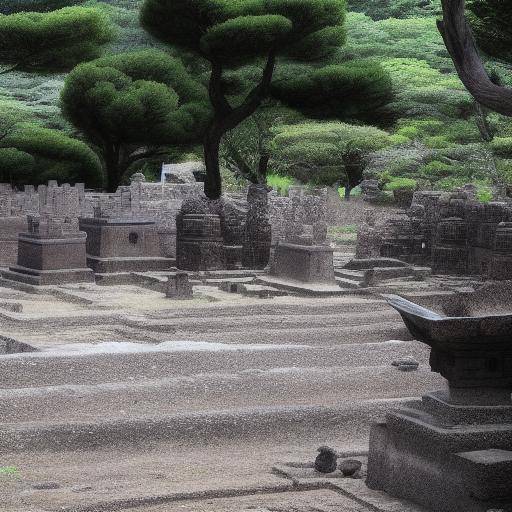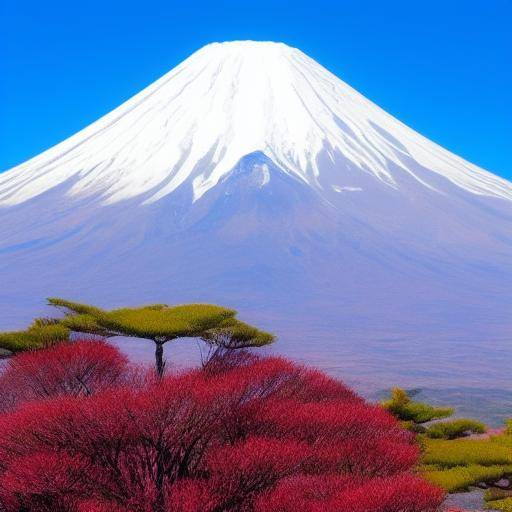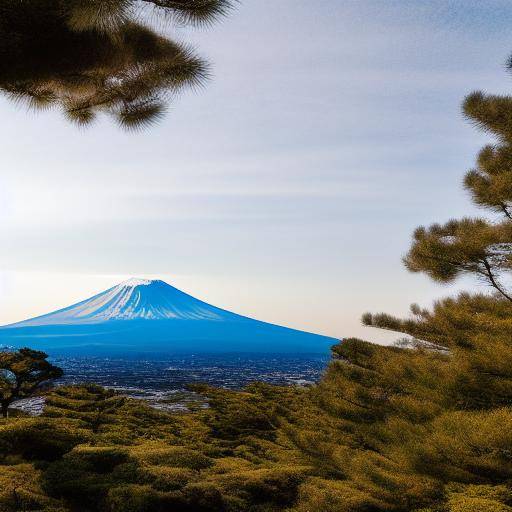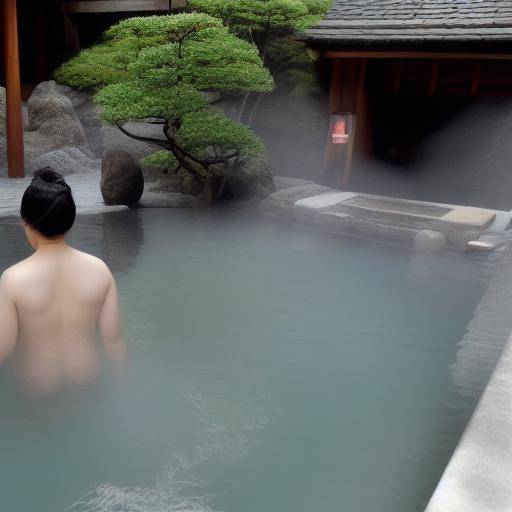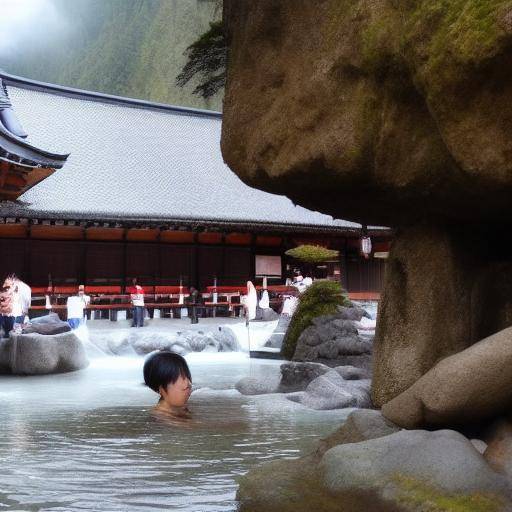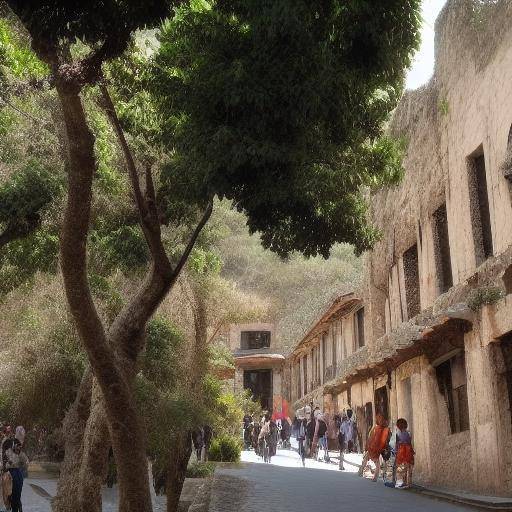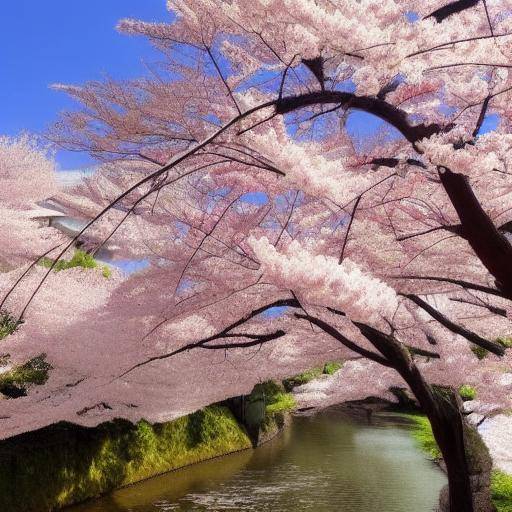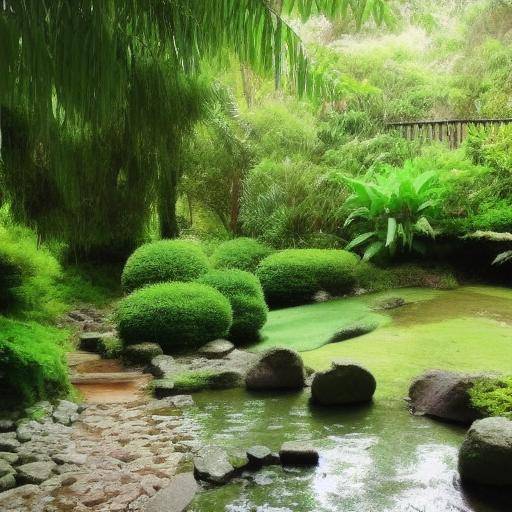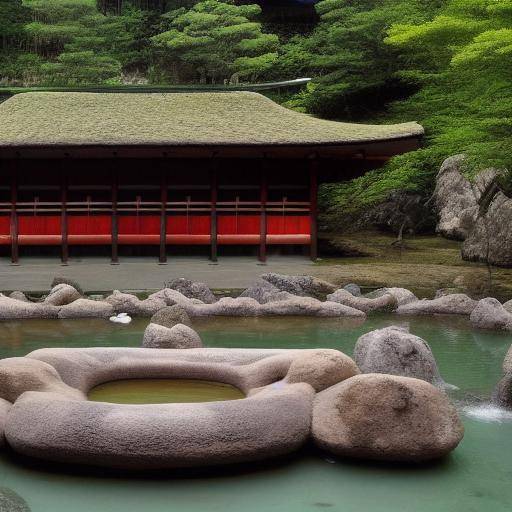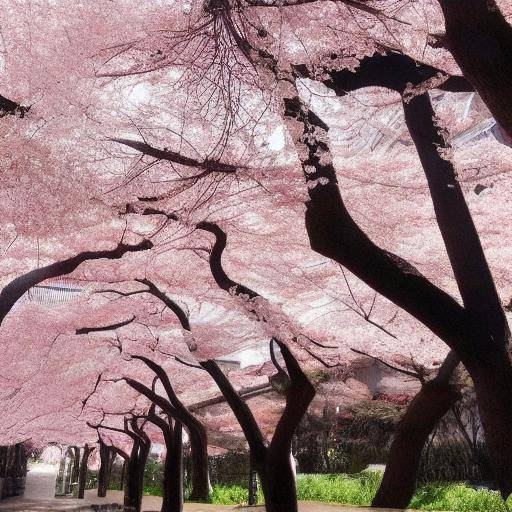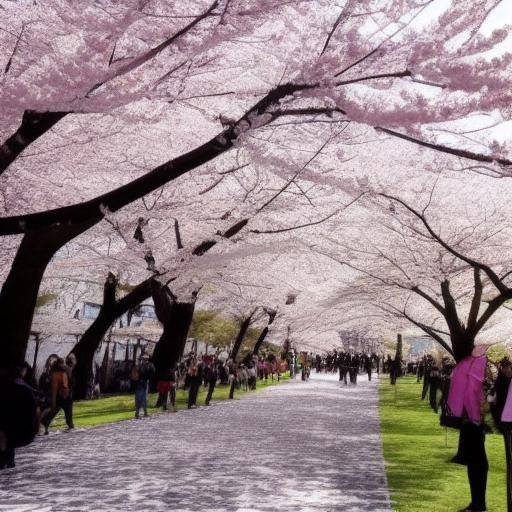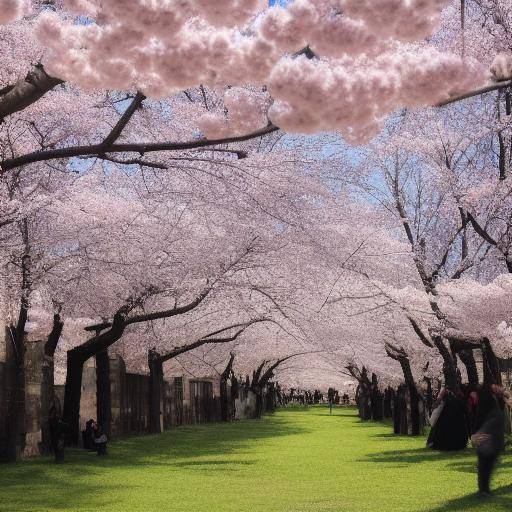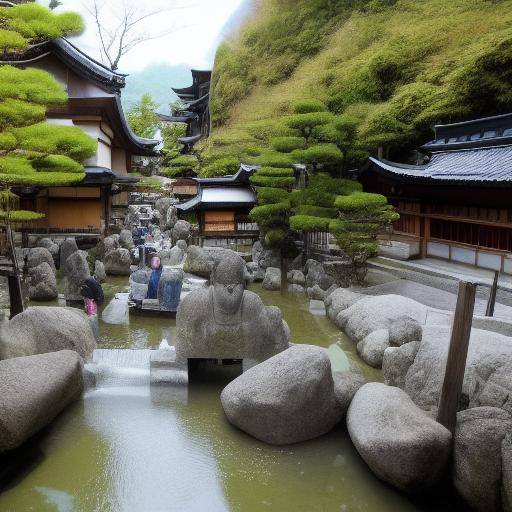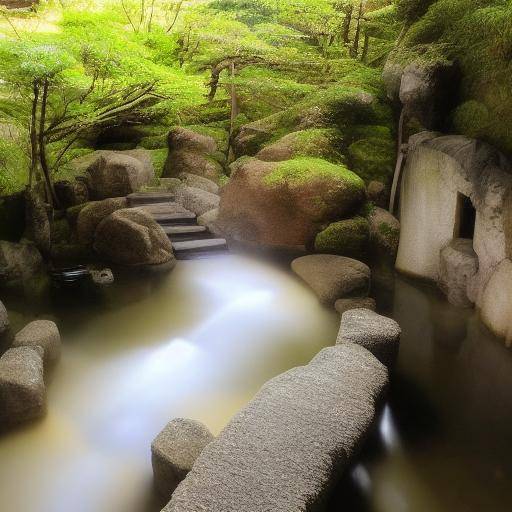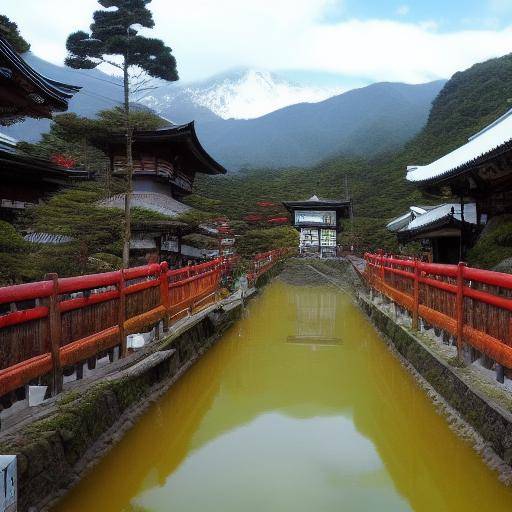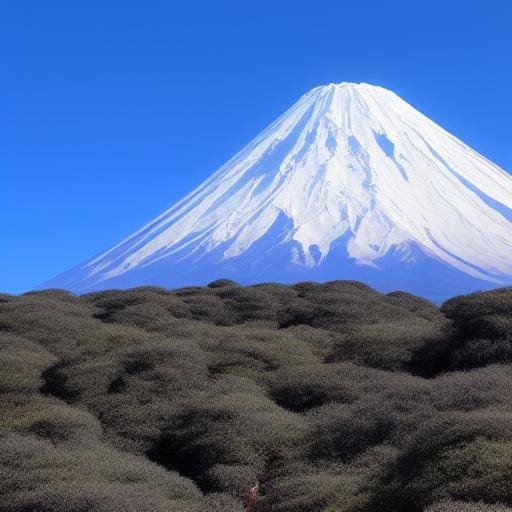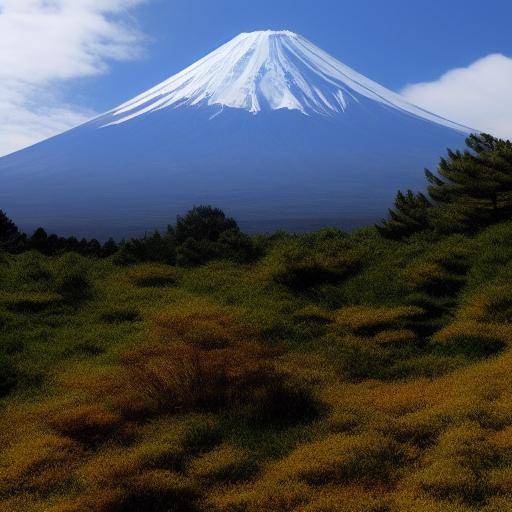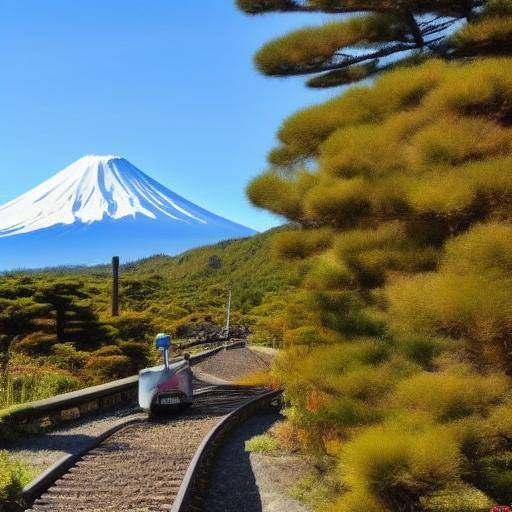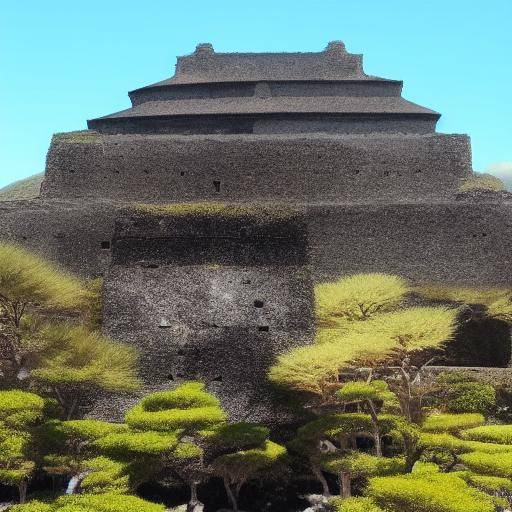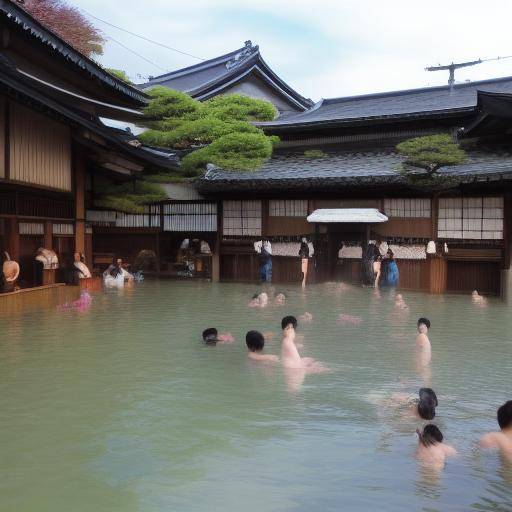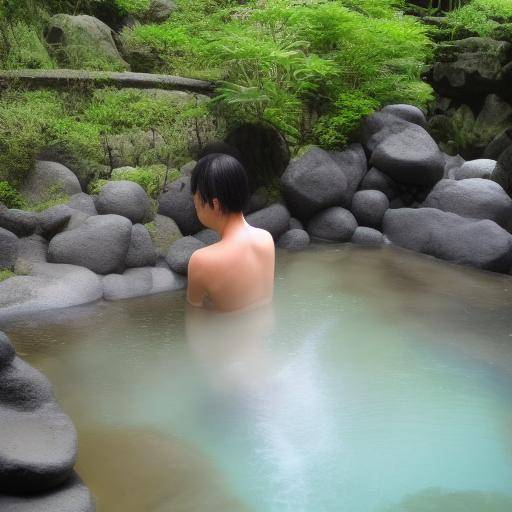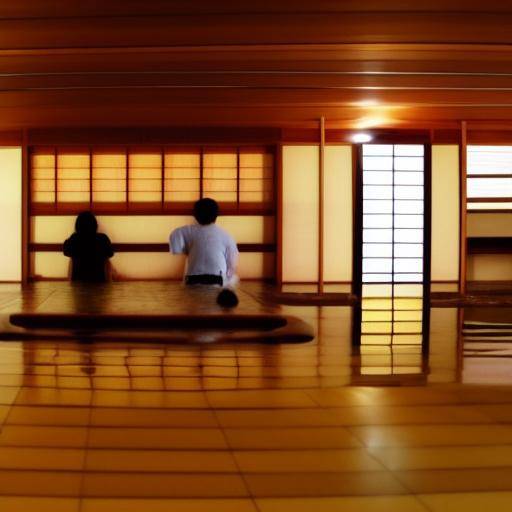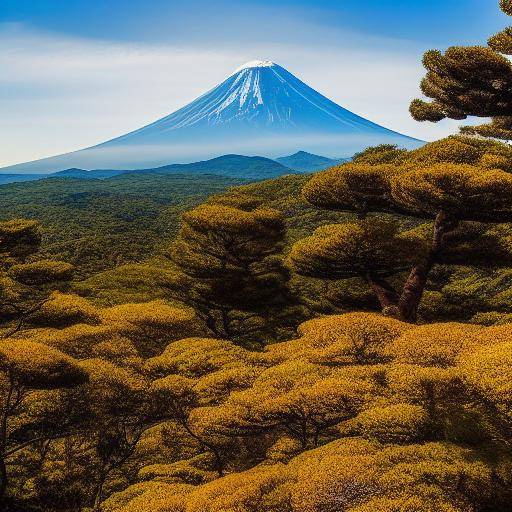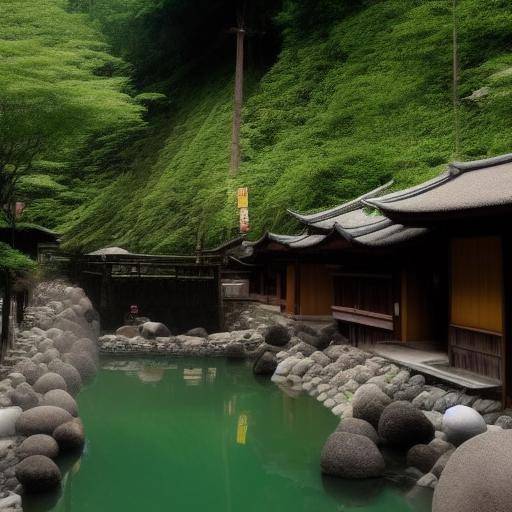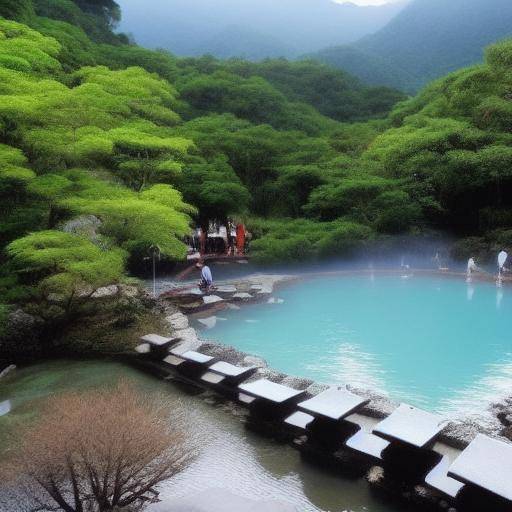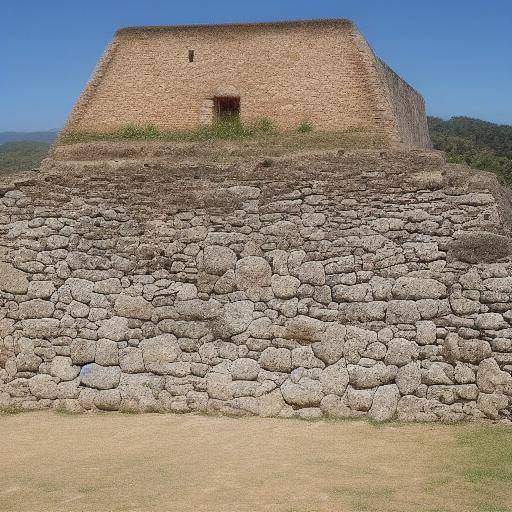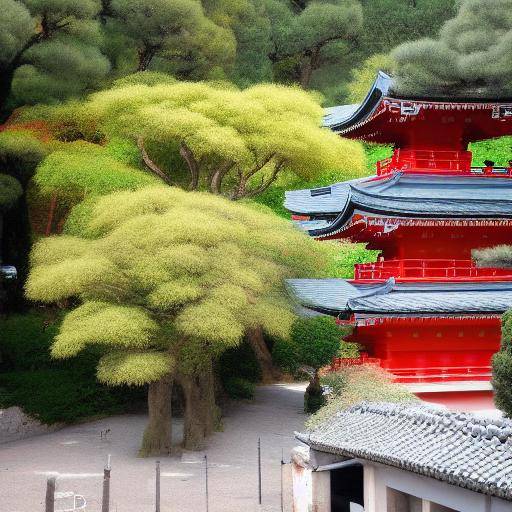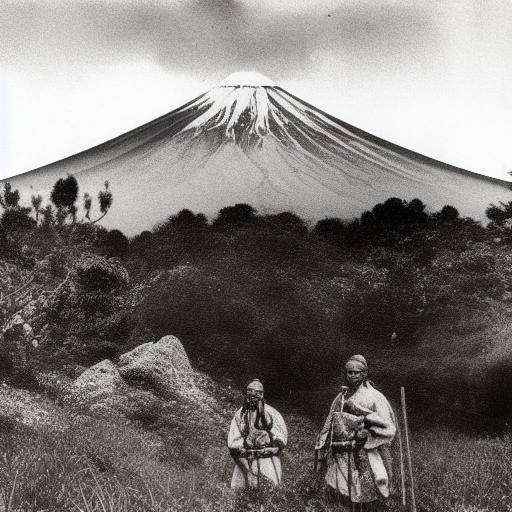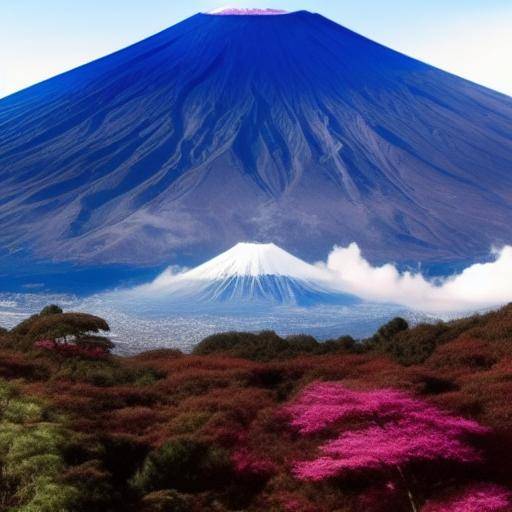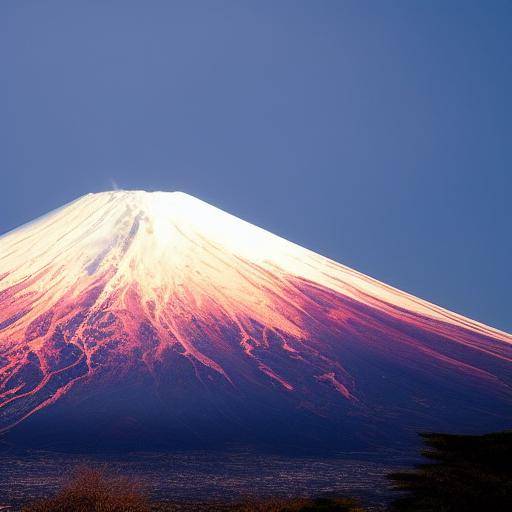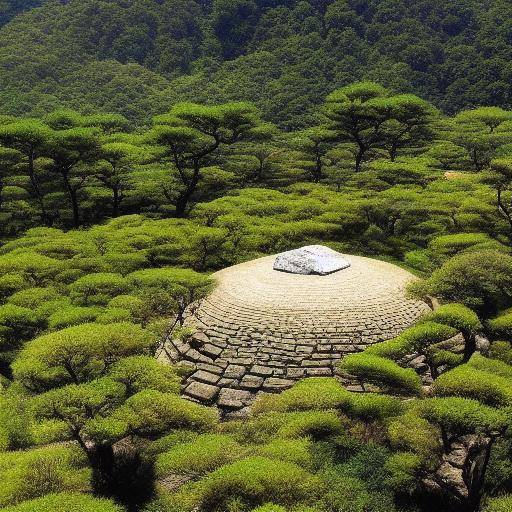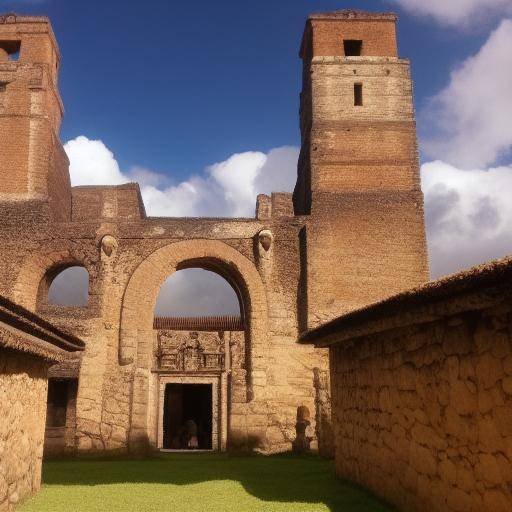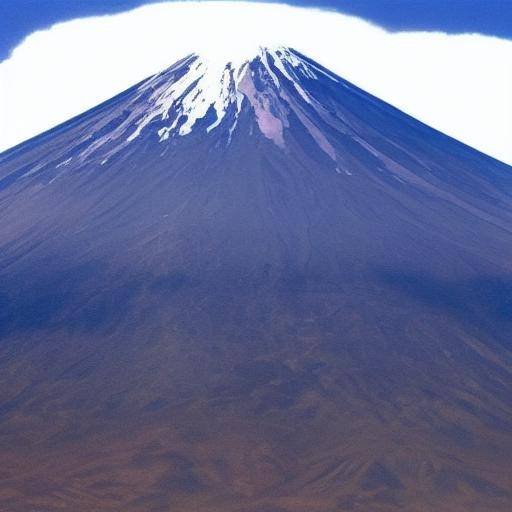
Introduction
The majestic Mount Fuji stands as an icon of Japanese culture, not only for its stunning natural beauty, but also for its profound spiritual significance rooted in shinthism. In this article, we will explore the fascinating history, spiritual symbolism and sacred pilgrimages to Mount Fuji. Join us on this journey to discover the interconnection between Mount Fuji, Japan and shintoism, and unravel the rich cultural heritage that lasts on this imposing mountain.
History and Background
Mount Fuji, with its snowy summit and its imposing presence, has been a symbol venerated in Japan for centuries. This majestic mountain is a sacred destination for pilgrims and has inspired artists, poets and philosophers throughout Japanese history. The shintoism, the ancient indigenous religion of Japan, has played a fundamental role in veneration and spiritual significance attributed to Mount Fuji.
The history of Mount Fuji is intertwined with the rich spiritual tradition of shinthism, which celebrates nature, ancestral spirits and kami, divinities that inhabit natural elements such as mountains, trees and rivers. This reverential approach to nature has shaped the perception of Mount Fuji as a place of profound spiritual significance.
The cult of this iconic volcano has evolved over time, influencing arts, popular culture and religious practices. From the Edo period to the modern era, Mount Fuji has been a recurring motive in Japanese literature, art and spirituality.
Deep analysis
The pilgrimages to Mount Fuji are a tangible spiritual manifestation of the connection between natural landscape and religious faith. Each ascending step is an act of devotion that reflects the belief in the divine presence of the kami who reside in the mountain. This spiritual journey not only nourishes the soul of the pilgrim, but also promotes respect for the natural environment and strengthens community ties through shared experience.
The shintoism, with its deep adoring of nature, finds its highest expression on Mount Fuji. The interaction between the pilgrim and the mountain transcends the purely physical and incorporates a spiritual dimension that transcends time and space. The contemplation of natural beauty and immersion in the sacred atmosphere of Mount Fuji constitute a transformative experience that connects the individual with a broader dimension of existence.
Comprehensive review
The pilgrimages to Mount Fuji and the associated worship are living examples of spirituality that transcend the framework of shinthism to inspire deep reflection on the relationship between humanity and nature. This centenary practice continues to resonate in contemporary society, serving as a reminder of the spiritual values rooted in Japanese tradition and as a beacon that guides the seekers of meaning through their imposing paths.
The perseverance of Mount Fuji as a spiritual and cultural point of reference is a testimony of its lasting influence on the collective psyche of Japan and its incalculable value as the spiritual heritage of humanity.
Comparative analysis
Mount Fuji, Japan and shinthism are intrinsically intertwined, each enriching the understanding of the other. The spiritual transcendence of Mount Fuji, the rich tradition of shinthism and the cultural identity of Japan are intertwined to weave a deeply evocative and meaningful narrative. Through its interconnections, we can glimpse the complexity of the Japanese cosmovision, rooted in the harmonious interaction between humanity, nature and the divine.
Practical Tips and Accessible Tips
- In undertaking a pilgrimage to Mount Fuji, it is essential to prepare properly in terms of equipment, clothing and security considerations. It is advisable to consult with local guides and respect the established rules to preserve the integrity of the natural environment and enjoy a rewarding experience.
- For the enthusiasts of Japanese spirituality and culture, the observation of local traditions and festivals related to Mount Fuji and shintoism offers a unique opportunity to immerse themselves in Japan's cultural wealth and witness first-hand the union between the sacred and the everyday.
Ideas and Views of Experts
"Mount Fuji represents the essential connection between heaven and earth in the Japanese worldview. Its imposing presence not only inspires astonishment, but also invites calm contemplation and recognition of our own existence in the vast scheme of creation." - Dr. Yukihiro Tanaka, Professor of Comparative Religion Studies.
Case Studies and Real Life Applications
Case Study: The Yoshida Ascenso Route at Mount Fuji
The Ascenso Yoshida Route is one of the most popular routes for pilgrims looking to reach the top of Mount Fuji. Along this route, pilgrims can observe various sanctuaries and places of worship, offering an enriching spiritual experience as they ascend to the summit.
Modern applications of Mount Fuji’s Symbolism
Mount Fuji has transcended its purely religious role to become a national symbol of pride and resilience to the Japanese people. Its iconic image is used in advertising, graphic design and various means of artistic expression, serving as an unbeatable emblem of Japanese identity.
Future Trends and Predictions
As the world continues to explore a return to spiritual roots and the search for meaning in nature, Mount Fuji and shintoism could acquire even greater relevance at the global level. The intersection between spirituality and ecology, embodied by Mount Fuji, has the potential to inspire new approaches to the protection of the environment and psychosocial well-being.
Conclusions
In short, Mount Fuji and shinthism are intrinsically intertwined in Japan's rich spiritual and cultural heritage. The pilgrimages to Mount Fuji not only encapsulate the devotion of believers, but also symbolize the timeless union between nature and spirituality that has shaped the Japanese identity over the centuries. In understanding the deep connection between Mount Fuji, Japan and shintoism, we immerse ourselves in a world of transcendental meanings that transcend temporal and geographical limitations.
Frequently asked questions
What is the best time of the year for a pilgrimage to Mount Fuji?
The summer season, particularly from mid-July to the end of August, is considered the best time to embark on a pilgrimage to Mount Fuji, as climate conditions are often more favorable and climbing routes are open.
Is there any special preparation for a pilgrimage to Mount Fuji?
It is advisable to wear suitable clothes and shoes, as well as sufficient water and food supplies, since ascension can be demanding in physical terms. In addition, it is advisable to report on local rules and regulations to ensure a safe and respectful experience.
What does Mount Fuji mean in Japanese culture?
Mount Fuji occupies a prominent place in Japanese culture as a symbol of beauty, resilience and spirituality. He is considered a national icon that has inspired artists, poets and pilgrims throughout the centuries, and his image transcends Japan's borders to become an emblem of Japanese identity.
What is the role of shintoism in the veneration of Mount Fuji?
The shintoism, as the indigenous religion of Japan, has influenced the veneration of Mount Fuji by promoting the worship of the kami, divine spirits present in nature, including mountains like Fuji. This spiritual connection has led to the consideration of Mount Fuji as a sacred place and a source of spiritual inspiration.
What are the cultural and spiritual implications of the pilgrimages to Mount Fuji?
The pilgrimages to Mount Fuji have deep implications that go beyond the religious. They offer pilgrims the opportunity to connect with nature, reflect on their spirituality and participate in a tradition rooted in the Japanese worldview. This experience is a concrete testimony of the interaction between humanity and nature in Japanese culture.
What impact has Mount Fuji had on Japan's contemporary culture?
Mount Fuji remains a significant influence on contemporary Japanese culture, as its image is present in numerous artistic expressions, commercial designs and manifestations of national identity. This persistent presence of Mount Fuji reflects its lasting relevance in Japanese collective consciousness.
How has the perception of Mount Fuji evolved throughout history?
Throughout history, the perception of Mount Fuji has evolved from its consideration as a divine element in the shintoist religion to become a cultural and national icon of Japan. His spiritual meaning has been interpreted in various ways over time, showing his continued resonance in Japanese society.
What is the role of Mount Fuji in the preservation of Japan's cultural and spiritual heritage?
Mount Fuji plays a significant role in the preservation of Japan's cultural and spiritual heritage by serving as a tangible reminder of the interrelationship between Japanese spirituality, nature and national identity. His presence has inspired the maintenance and transmission of venerated traditions that reflect the fundamental values of Japanese society.
Concluding, Mount Fuji and shintoism represent a unique synergy that transcends the temporal and geographical limitations to enrich the understanding of the relationship between the spiritual and nature. Its lasting influence on Japanese culture and collective consciousness testifies to the timeless and universality of human spiritual aspirations.
With every ascending step towards the top of this majestic mountain, pilgrims and seekers of meaning undertake a journey that encompasses not only the paths of Mount Fuji, but also the mysteries of the human soul and the connection between the earthly and the divine.
Mount Fuji, Japan and shintoism embody a symbolic trinity that endures through the ages, inviting deep reflection, spiritual inspiration and the discovery of beauty and transcendental meaning within nature itself.
Join us on this journey of spiritual and cultural discovery towards Mount Fuji!

